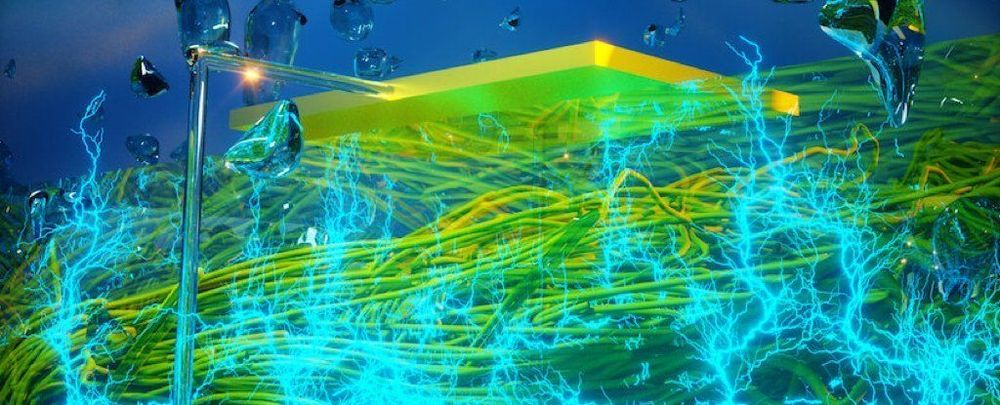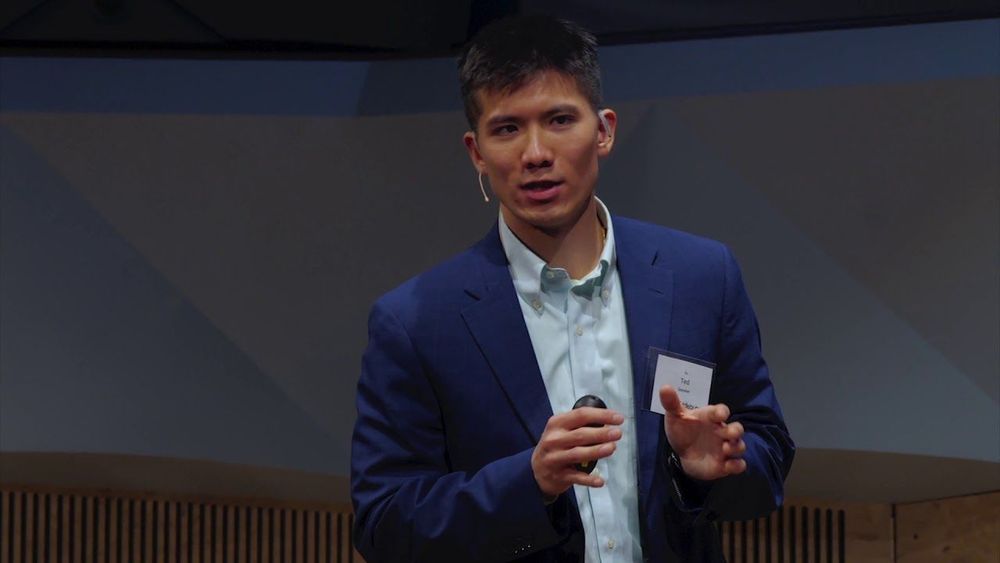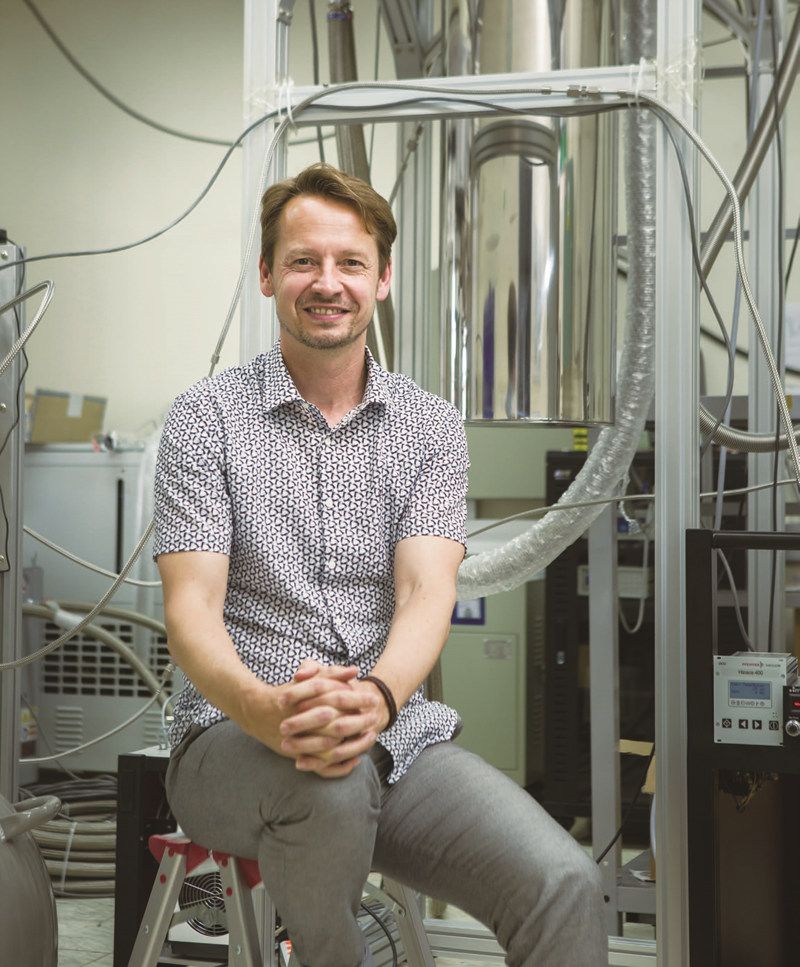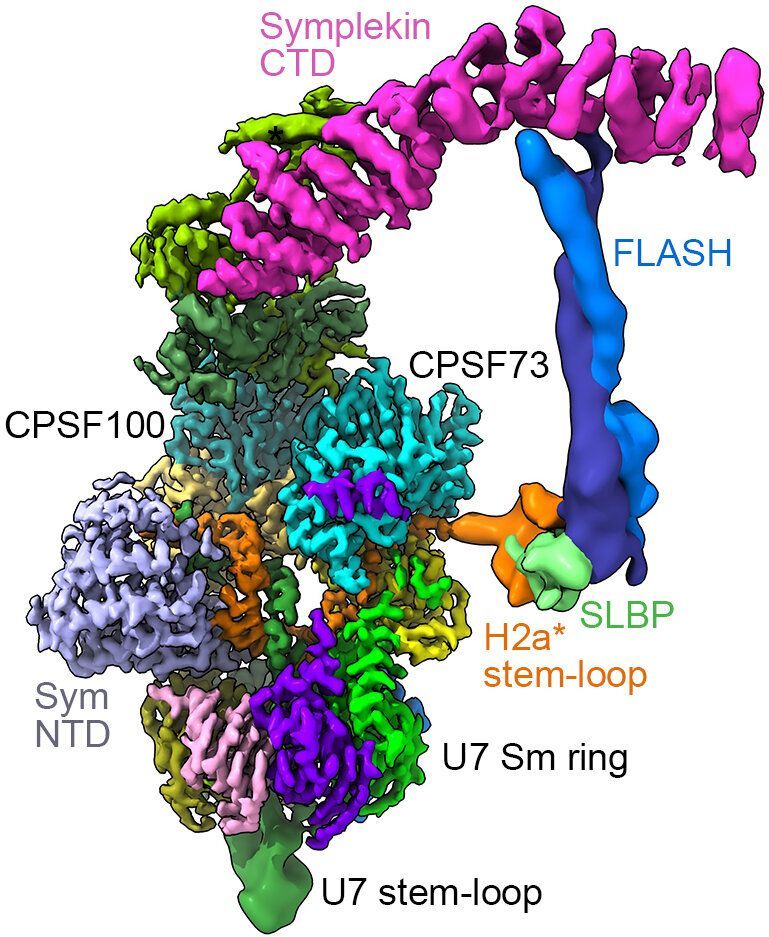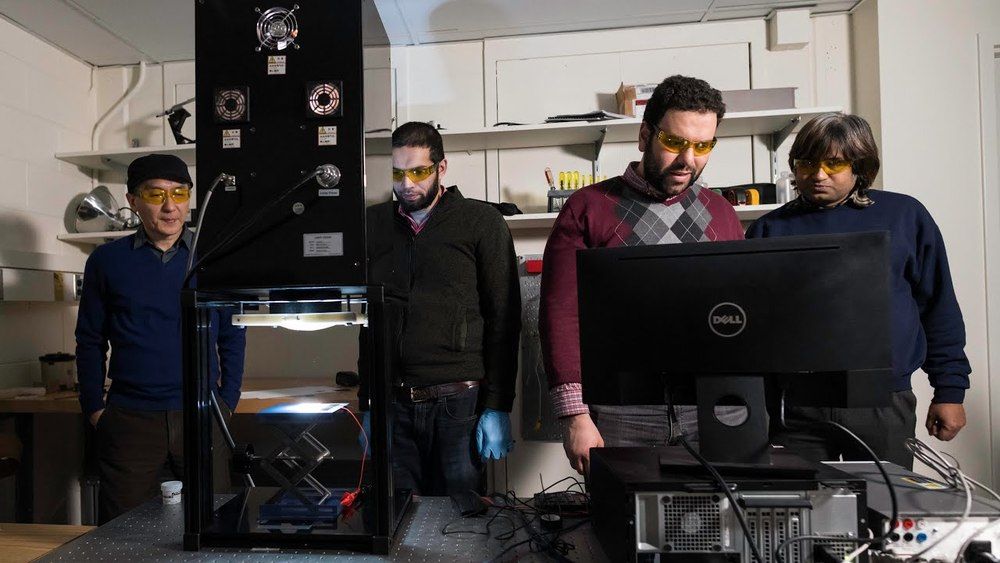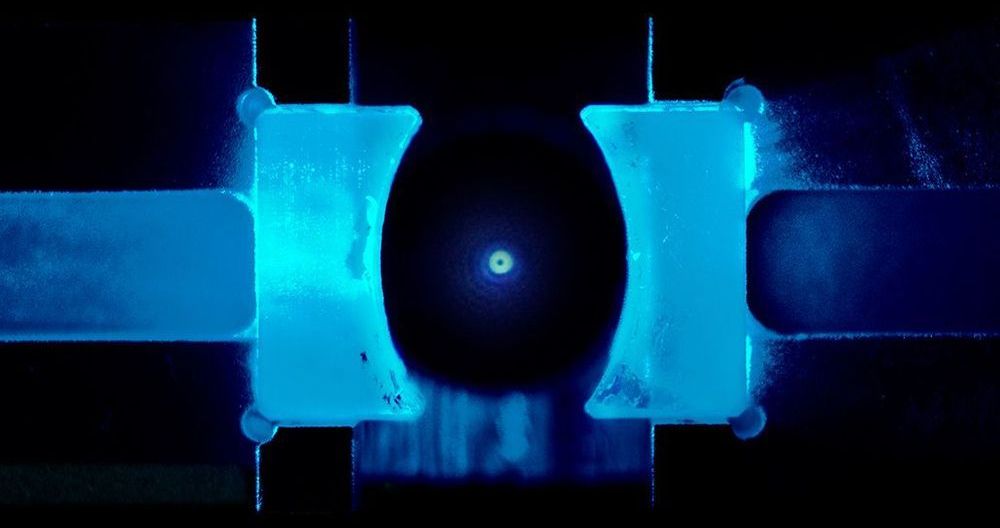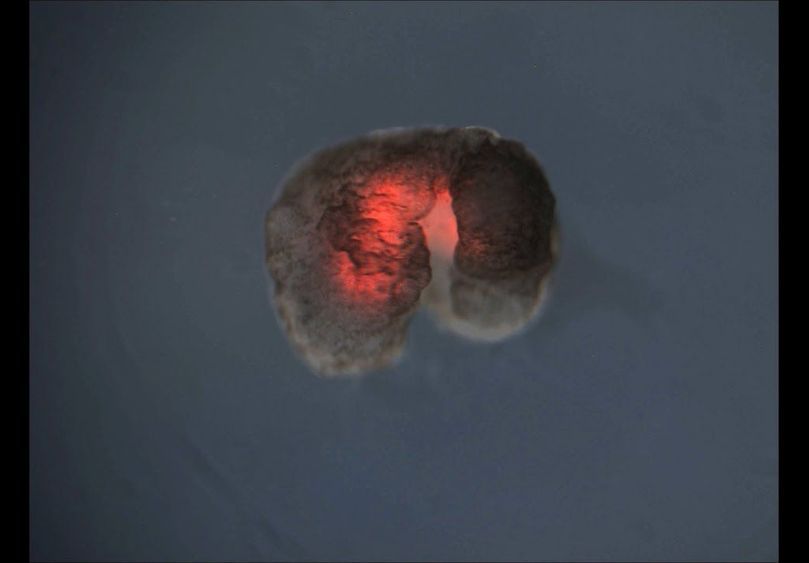They found it buried in the muddy shores of the Potomac River more than three decades ago: a strange “sediment organism” that could do things nobody had ever seen before in bacteria.
This unusual microbe, belonging to the Geobacter genus, was first noted for its ability to produce magnetite in the absence of oxygen, but with time scientists found it could make other things too, like bacterial nanowires that conduct electricity.
For years, researchers have been trying to figure out ways to usefully exploit that natural gift, and they might have just hit pay-dirt with a device they’re calling the Air-gen. According to the team, their device can create electricity out of… well, almost nothing.
